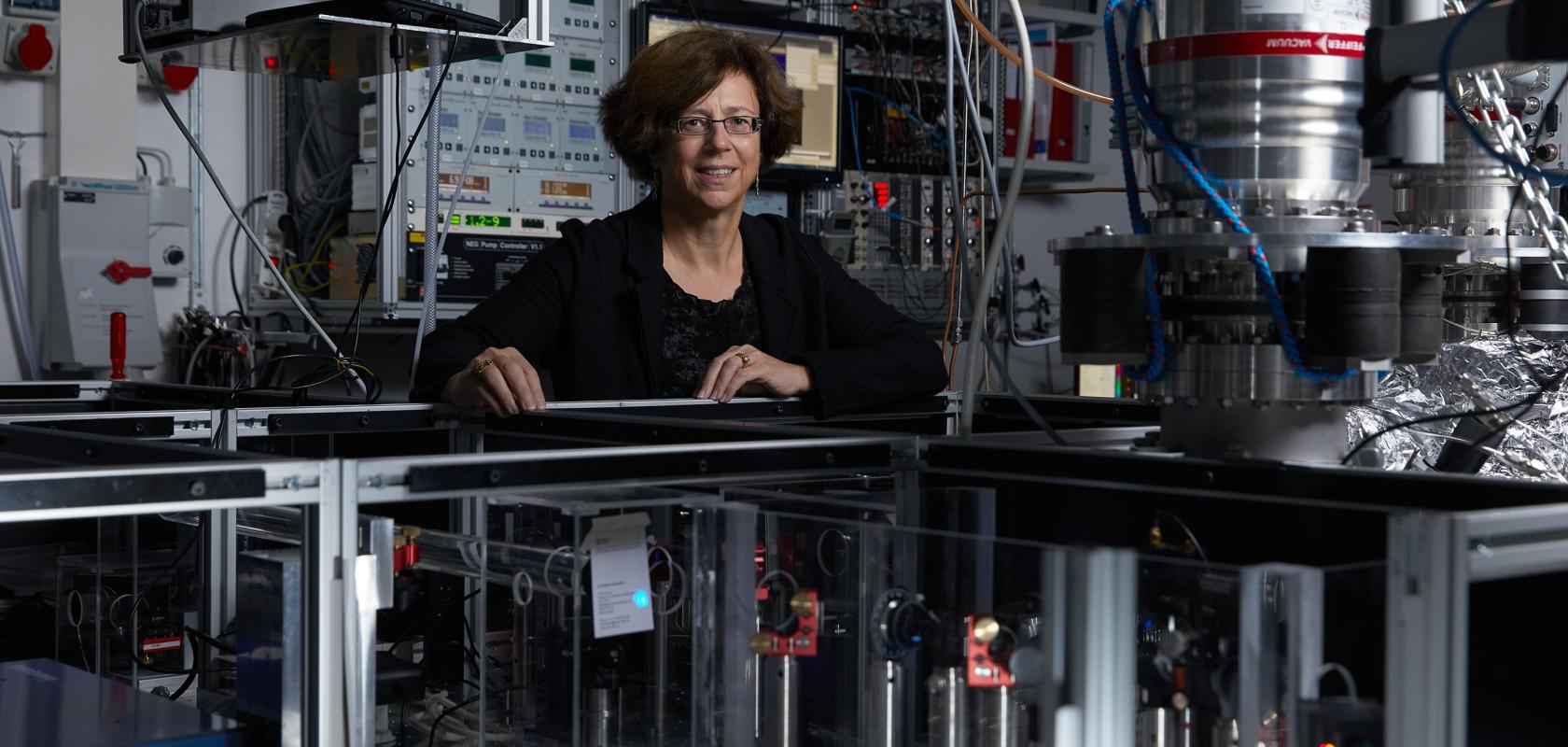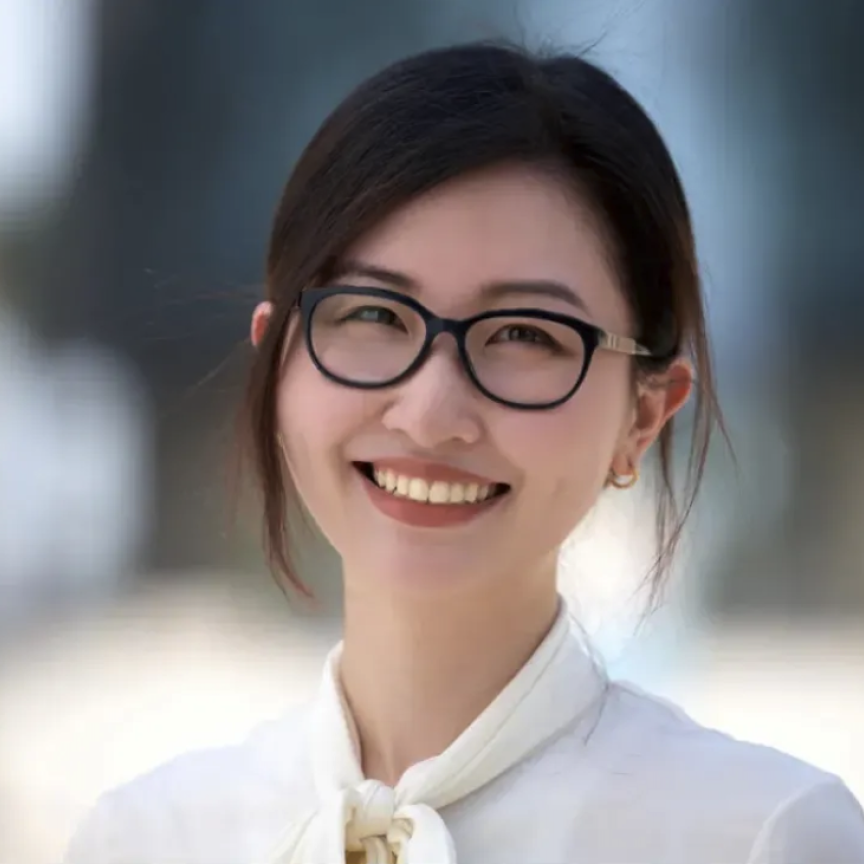![]()
A speaker at SPIE Photonics West, Dr Ursula Keller, head of research at ETH Zurich and the 2020 recipient of SPIE's Gold Medal, discusses her career in ultrafast science
You have many inventions and firsts in the field of ultrafast lasers. Is there one in particular that stands out?
The SESAM invention – my first – was enabled by the Bell Labs spirit. I worked there after gaining my PhD at Stanford, and my guideline for building my lab was simply, ‘Do something different from everybody else, but it better be good.’ When I went to my boss for advice on ideas, he said, ‘Why are you asking me? – you are the expert!’
I had to take a leap of faith and make important decisions independently. It was during this time that I did the original work on the SESAM [semiconductor saturable absorber mirror, a device for passive mode-locking], but I did not know this would be the outcome at the beginning. You simply have to start, and constantly ask the right questions, constantly challenge your approach, and readjust as needed. It helps to be surrounded by excellent people and having to answer their hard questions!
Once you do this, you will repeat this process many times more. My time at Stanford and Bell Labs was vital for me to succeed at ETH Zurich as the first tenured woman professor in the physics department. With the excellent funding I could get in Switzerland, I was empowered at a relatively young age and could multiply my efforts with the help of many excellent students and postdocs. To date, I have graduated 81 PhD students, and many of my students and postdocs are now professors and entrepreneurs.
Many of your contributions have enabled further technological advancements and applications. Are you interested in the applications as much as the fundamentals?
I established my career in applied science in the US, watching many excellent scientists start commercial spin-offs. Growing up in a working-class family in Switzerland made me choose applied physics for my PhD – my main need was to have a job at the end of my studies, and I believed that this would be nearly impossible in theoretical physics, even though I graduated top of my class at ETH Zurich in 1984.
As it turned out, it was much easier to start off with applied research as one of the few women in the field: applied research results are judged by your customers, whereas fundamental science results are judged by peers, and peer review is not gender blind. But creating a better laser – that success cannot be rejected. Funding in Switzerland has allowed me to do both applied and fundamental research, both of which fit my interest; it also provided sanity checks when some of my favourite papers in attosecond science received bad peer reviews.
Ultrafast and attosecond science has grown in recent years. What advances are you most excited about? What are the biggest challenges?
Over the last 30 years, lasers generating short pulses – ultrafast lasers – based on diode-pumped solid-state and fibre laser systems using SESAM mode-locked oscillators have become the key enabling technology for many new applications and have established themselves successfully in several industrial areas. Commercial applications are emerging in medical and biomedical applications (multi-photon imaging, tissue ablation, corrective eye surgery), material processing (precision micro- and nano-cutting/processing of materials), telecommunications (dense wavelength division multiplexing for higher signal transmission and all-optical signal processing), optical clocking, and frequency metrology.
As the technology becomes smaller, less expensive, more robust, it will allow for the exploitation of ‘ultrafast’ phenomena to become more and more common: in high-speed optical communications for increasing communications bandwidth worldwide; in optical clocking of the next generation of multi-core personal desktop computers; in transportable optical clocks for precision metrology applications; and in many medical and bio-chemical applications for which the current ultrafast technology is still considered too expensive.
The current challenge in fundamental science for the higher energy laser sources is the limited conversion efficiency, which limits the signal-to-noise for many measurements. With better signal-to-noise measurements we can start to study systematically and exploit the non-equilibrium behaviour in quantum many-body systems in molecular chemistry and in solid-state physics.
You are recognised for your support of early-career researchers and network-building for female scientists. What made you embrace a mentor role?
At Stanford I met Professor Geraldine Kenney-Wallace, my first great mentor. When I wanted to thank her, she told me to help other women, so I did.
I was strongly empowered as a director of the Swiss National Center of Competence in Research in Molecular Ultrafast Science and Technology (NCCR Must), for which I received an explicit mandate – and resources – to address gender equality issues. The establishment of the ETH Women Professors Forum (WPF) marked our initial steps to counter structural barriers and improve corporate governance. Some of my favourite achievements include increasing the gender percentage in our network from 9 to 23 per cent principle investigators; publishing a survey of issues important to women professors at EPFL and ETHZ in 2019; the creation of an EPFL commission on the status of women faculty; implementing a full PhD student fellowship for postdoc mothers; and publishing Inspiring Conversations with Women Professors.
We need more support from men and women to drive change towards a better world, in which the person and their performance counts, rather than gender and race. We need to make excellent education a priority. I want to see more women shape the future with qualified men unthreatened by assertive and successful female peers!


